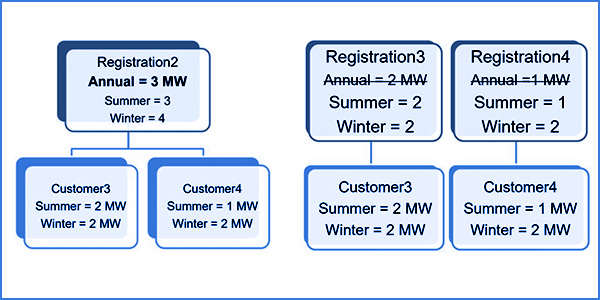By Rich Heidorn Jr.
FERC has approved PJM’s proposal to change how it measures seasonal demand response resources, rejecting a protest by the RTO’s Independent Market Monitor.
PJM currently permits curtailment service providers (CSPs) to combine DR resources within the same transmission zone into a single DR registration, with the capacity value based on the lower of its total summer- or winter-period reduction capability.
Under the changes approved by the commission Dec. 31, resources above 100 kW will be registered individually, with separate summer and winter capacity values (ER19-244).
PJM said the change will give it greater flexibility by allowing dispatch of individual DR resources. It will also aid CSPs, who will no longer have to determine which end-use customers should be aggregated on a DR registration to maximize the nominated value, PJM said.
The change will be effective with delivery year 2019/20, beginning June 1.
The IMM protested the proposed change, saying that it will overstate the capacity value of DR, displacing other resources, and that allowing more intra-zonal matching will erode locational price signals.
The commission disagreed, saying the changes should result in more accurate DR capacity values.
It also noted that CSPs are already permitted to aggregate end-use customers in a single transmission zone within a registration and satisfy a DR capacity commitment with multiple registrations. “The proposed revisions do not modify either of these permissions, and we find no evidence in the record to suggest that the instant changes will erode locational price signals,” the commission said.
The Monitor also objected to how PJM proposed to estimate load reductions for some resources, saying all should be required to have five-minute interval metering.
The commission said PJM’s use of “flat profiling” for DR that lack five-minute metering can “reasonably reflect” DRs’ performance during emergencies.
“In multiple orders, the commission has declined to require demand resources to upgrade to five-minute metering,” the commission said, adding that such technology is not necessary because of RTOs’ ability to create five-minute load and generation profiles using telemetry and hourly revenue-quality data.




